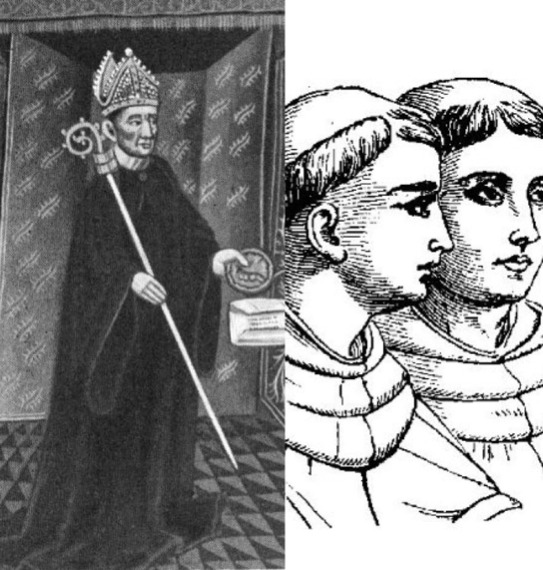Sign up for FlowVella
Sign up with FacebookAlready have an account? Sign in now
By registering you are agreeing to our
Terms of Service
Loading Flow


* Taken from the late Latin and Greek abbas and the Aramaic abba, for “father,”
*the term abbot refers to the superior of a community of monks (an abbey).
*Early abbots may have been appointed by the Church or by their predecessors, but as time went on, abbots were elected from among their fellow monks in a secret ballot.
*By the High Middle Ages, a monk had to be at least thirty and have been a monk for ten years to be eligible to lead the abbey.
*Abbots and their female counterparts, abbesses, serve for life.
* At the top locally, the abbots and bishops had great power.
*In a local monastery, the monks did the work, and the abbots and bishops were the power.
*Abbots reported to bishops.

Abbots